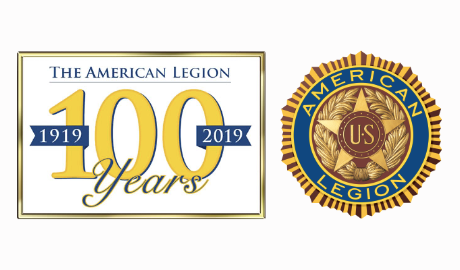Free Access to Lynda.com
Did you know that membership in the Kenosha Public Library comes with free access to Lynda.com!!! Lynda.com has hundreds of online classes for just about everything! Here’s some examples:

That’s just some examples from the design area! They have 63 classes on different facets of WordPress alone! I don’t know about anyone else, but for me it’s a retiree’s dream come true. The only question now is who is going to take the website over from me!
The best place to start would be at the help counter at the library. You have to go there to establish a electronic library card. Look into the other e-media. Libby, for example, is an phone / pad app that lets you check out books, magazines, even music!
P.S. My grandmother used to tell me to “Go to the Library, that’s where the smart people go!”





